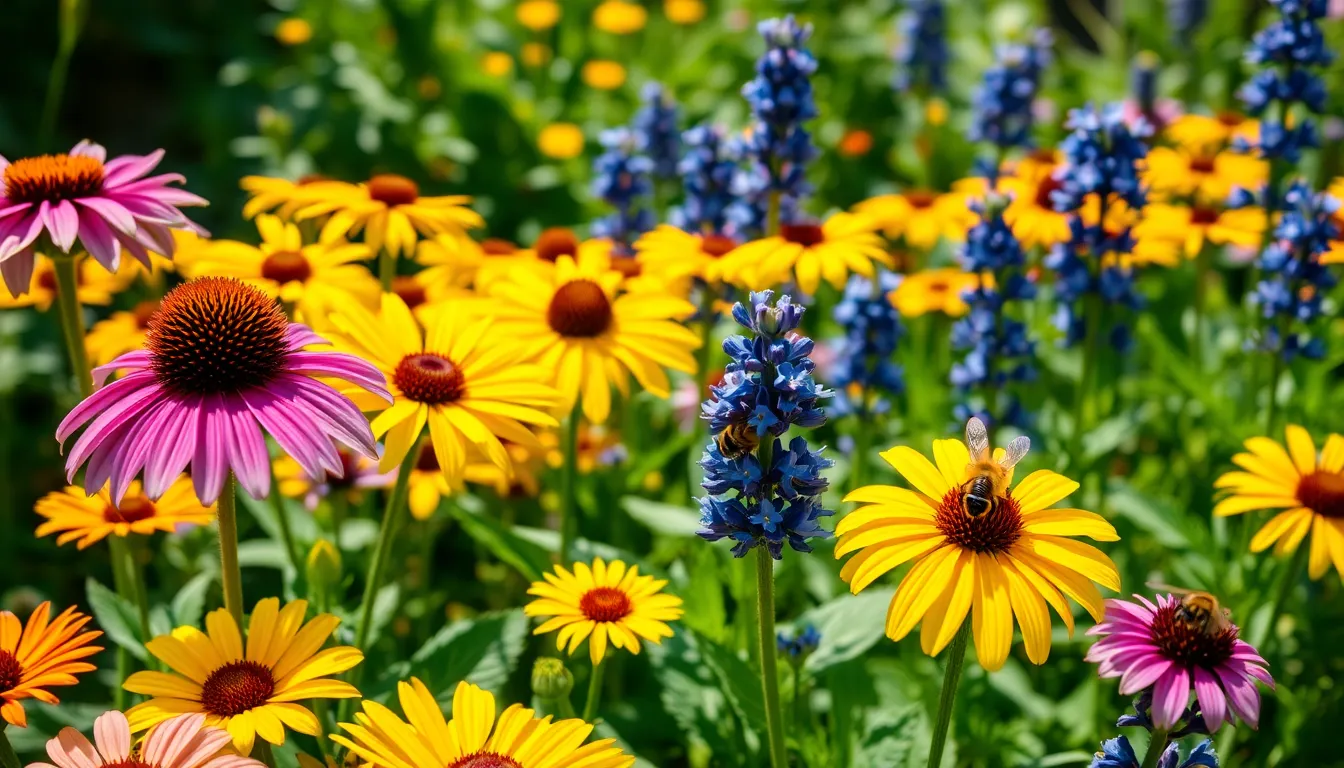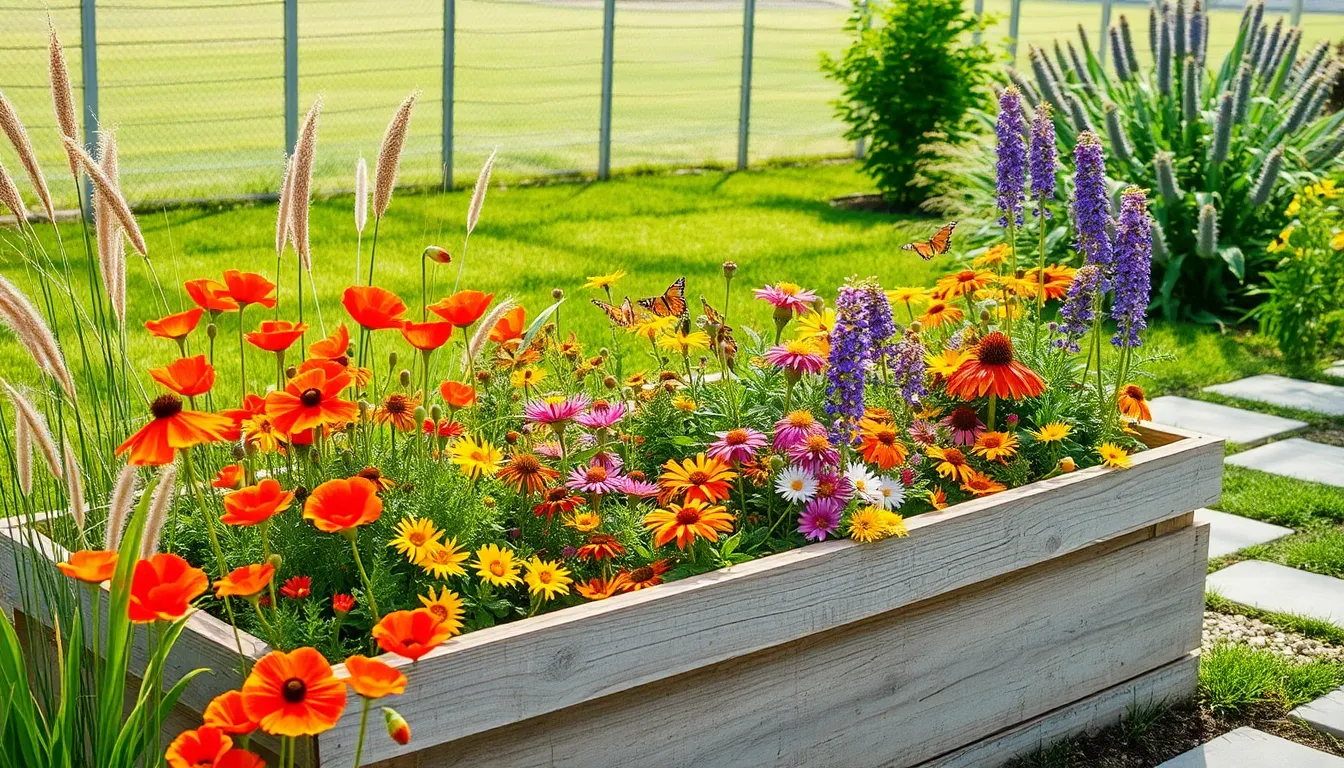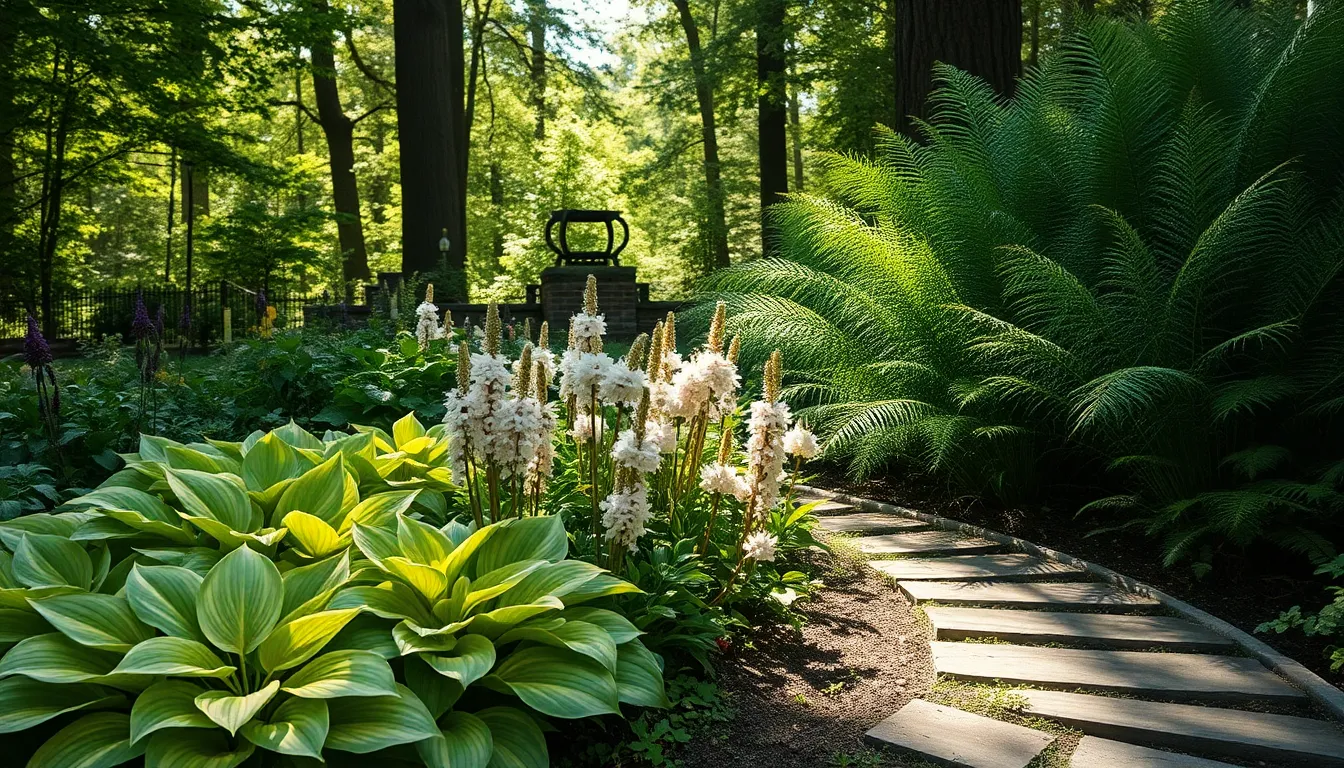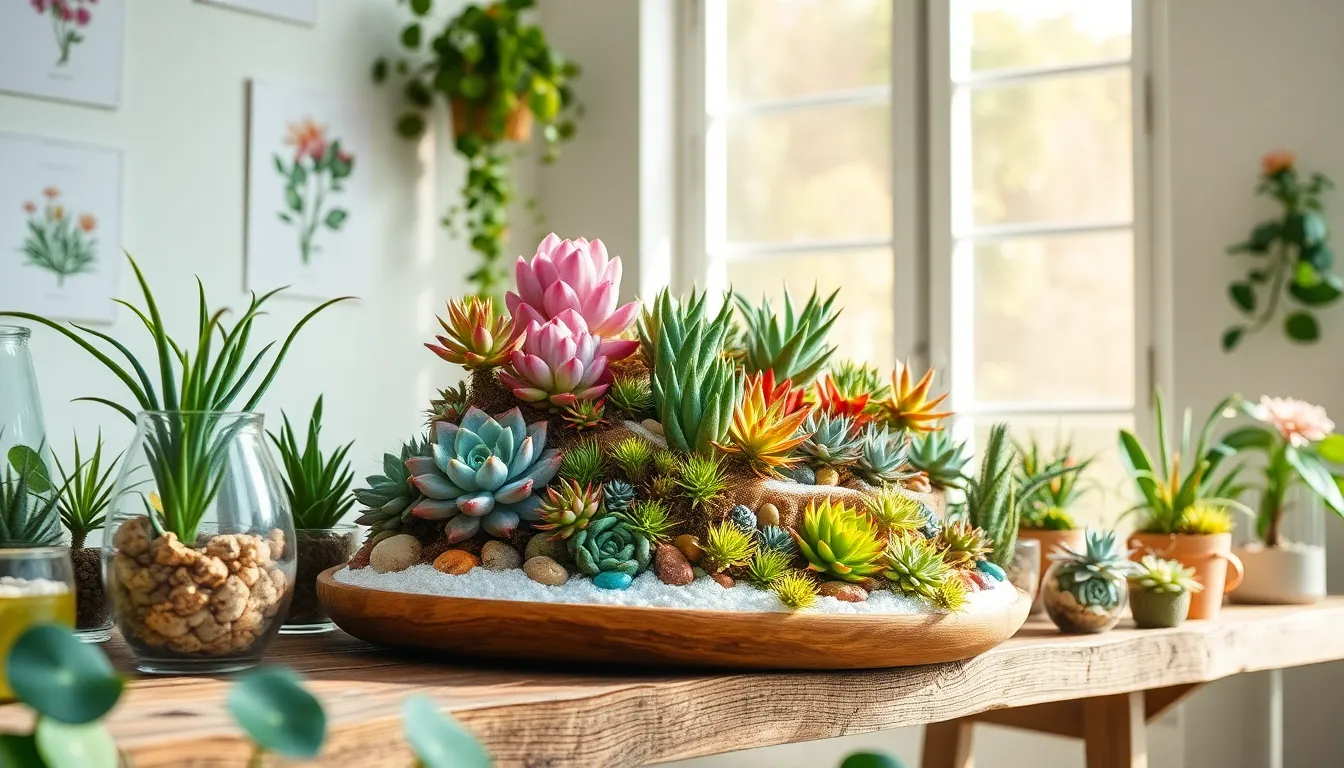In the symphony of nature, bees play the role of industrious maestros, orchestrating the pollination that is essential for our gardens to thrive. Whether you’re nurturing your first garden bed or you’re a seasoned horticulturist, creating a bee-friendly garden is not just a delightful endeavor; it’s a vital commitment to supporting our environment. By inviting these buzzing allies into your garden, you’re not only enriching your own patch of earth but also contributing to the wider ecological balance that sustains us all.
This article will guide you through the art of crafting a vibrant, bee-attracting sanctuary, filled with blooms that beckon these crucial pollinators. You’ll discover how to select plants that provide both beauty and nourishment, ensuring your garden becomes a haven of biodiversity. From understanding the seasonal needs of bees to designing a landscape that encourages their visits, you’ll learn practical, actionable steps to transform your garden into a buzzing hub of life and color. Whether you’re armed with a trowel and seed packets or simply a curious mind, this guide will equip you with the knowledge and inspiration to make your garden a welcoming home for bees.
Select Bee-Friendly Flower Varieties
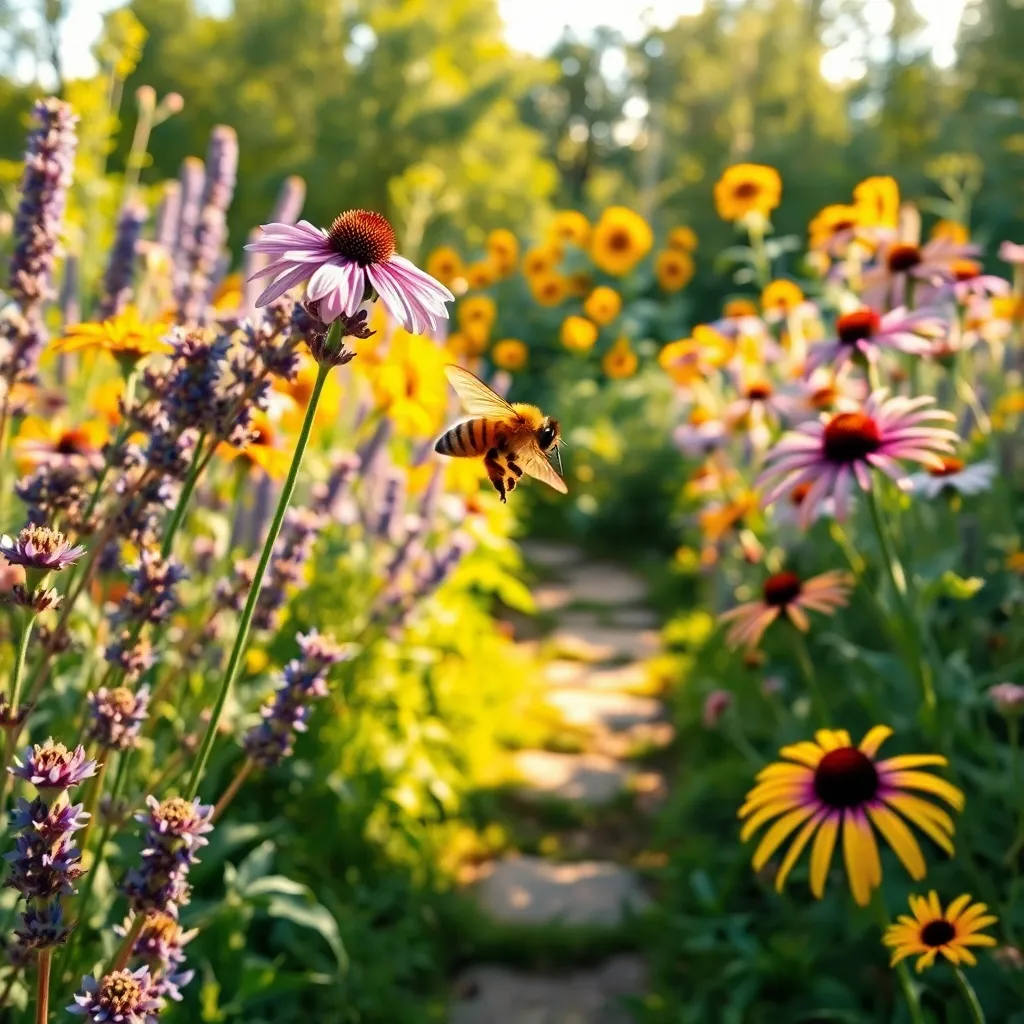
When selecting bee-friendly flower varieties, consider planting perennials like Echinacea and Black-eyed Susans, which are favored by many bee species. These flowers thrive in well-drained soil and full sun, making them a reliable choice for most gardens.
For a splash of color, Lavender is an excellent choice due to its fragrant blooms that attract bees. Ensure it’s planted in a sunny location with sandy or well-drained soil, and water it regularly during dry spells to keep it thriving.
Another great option is Borage, known for its star-shaped blue flowers that bees adore. This plant is easy to grow from seed and does well in average soil with moderate watering, making it perfect for beginners.
Experienced gardeners may want to try Foxglove, which offers tall spires of tubular flowers that bees love. Plant it in partial shade with rich, moist soil, and be mindful to deadhead spent blooms to encourage more flowers.
Prepare a Diverse Plant Habitat
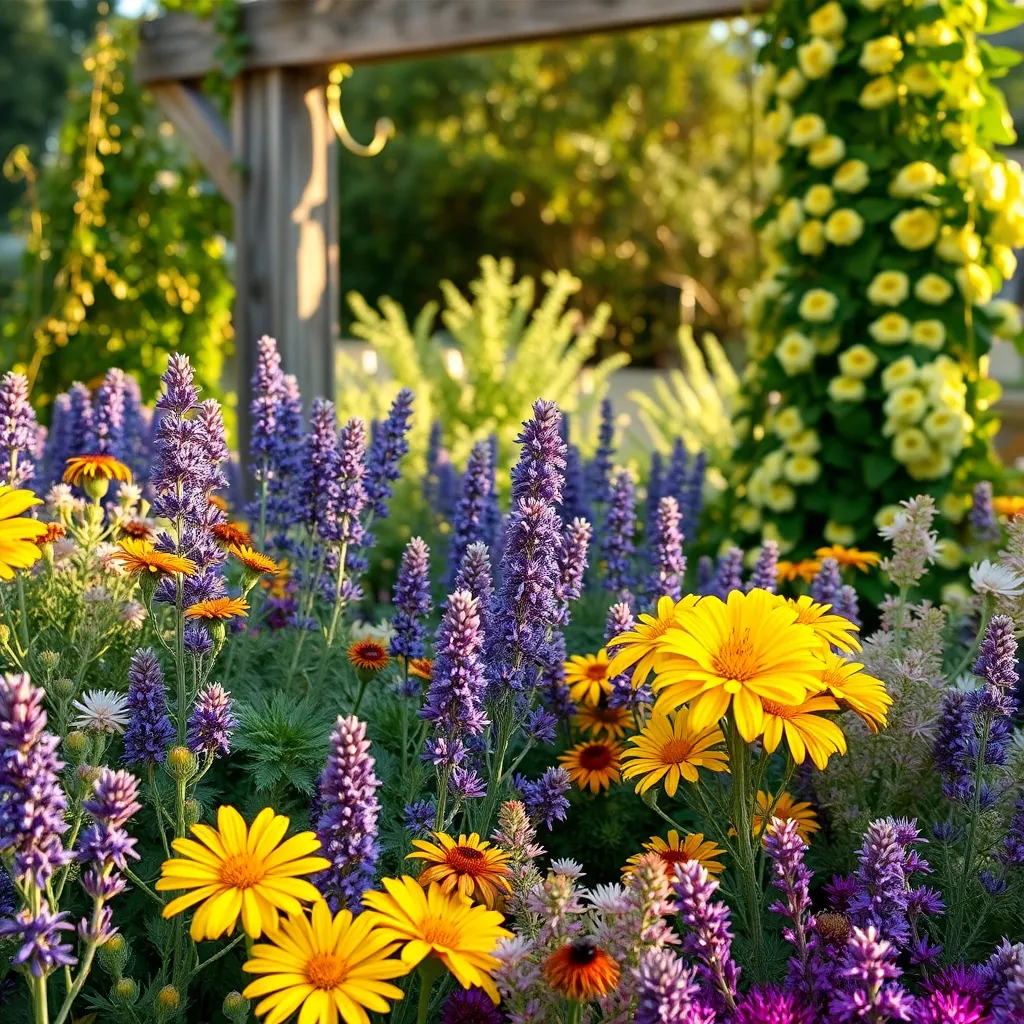
Creating a diverse plant habitat is essential for attracting a variety of bee species to your garden. Begin by incorporating a mix of plant types, such as annuals, perennials, shrubs, and trees, to provide continuous blooms throughout the growing season.
For a successful habitat, choose plants that vary in flower shape and color to cater to different bee preferences. For example, tubular flowers attract long-tongued bees, while open-faced blooms are perfect for short-tongued bees.
Ensure that your soil is well-prepared to support a diverse range of plants. Use a loamy soil mix that retains moisture yet drains well, and consider testing your soil’s pH to match it with the plants’ needs.
Incorporating native plants into your garden is especially beneficial, as they are adapted to the local climate and soil conditions, requiring less maintenance. Moreover, native plants often have evolved alongside local bee species, providing optimal pollen and nectar resources.
Plant in Sun-Drenched Areas
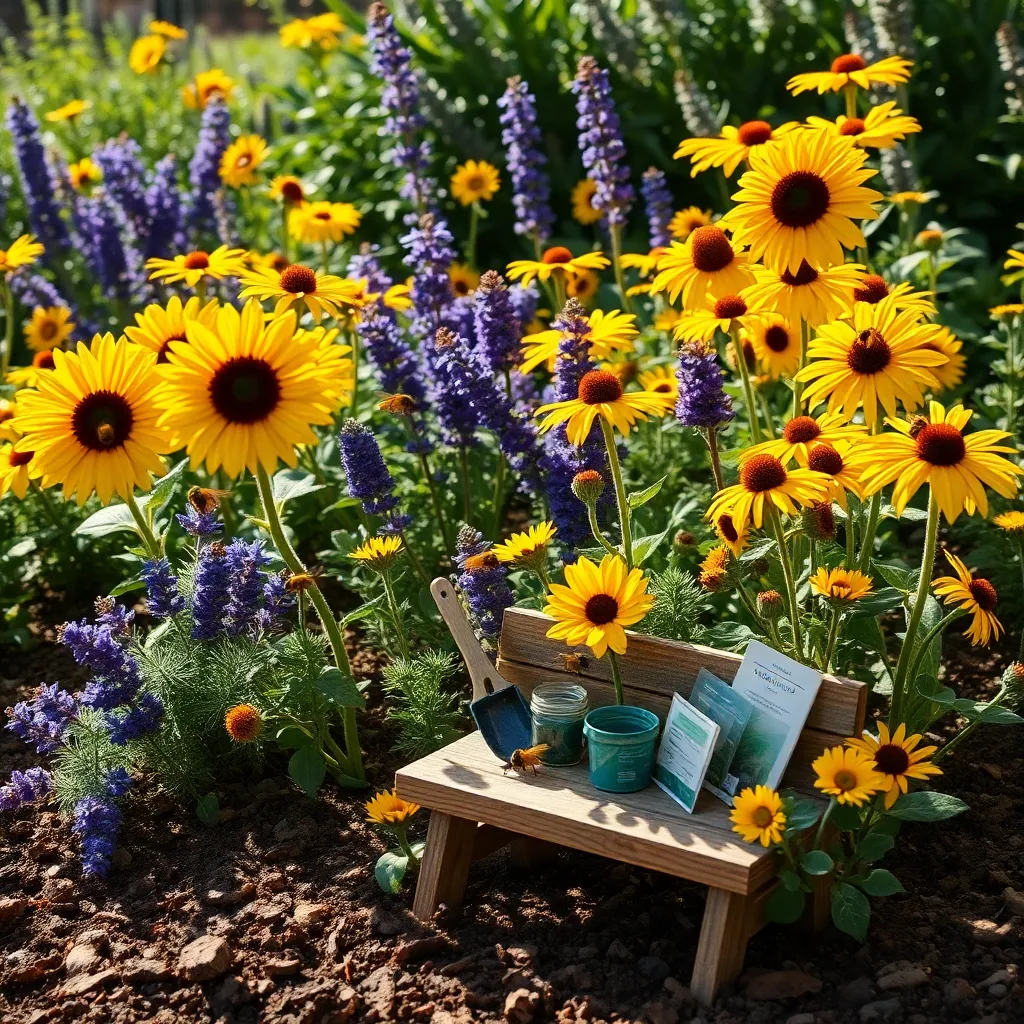
Sun-drenched areas of your garden provide an excellent opportunity to cultivate plants that are not only beautiful but also attract bees. Bees are particularly drawn to brightly colored flowers, so consider planting species such as lavender, coneflower, and bee balm, which thrive in full sun.
For optimal growth, ensure your sunny garden bed has well-draining soil to prevent root rot. Amend your soil with organic compost to improve its fertility and water retention, which will support the vigorous growth of flowering plants that bees adore.
Watering is crucial, especially during dry spells, to keep these sun-loving plants thriving. Aim to water deeply once or twice a week, allowing the soil to dry out slightly between waterings to promote healthy root systems.
Advanced gardeners might experiment with a drip irrigation system, which can deliver water directly to the roots without wetting the foliage. This not only conserves water but also reduces the risk of fungal diseases that can occur with overhead watering.
Provide Fresh Water Sources
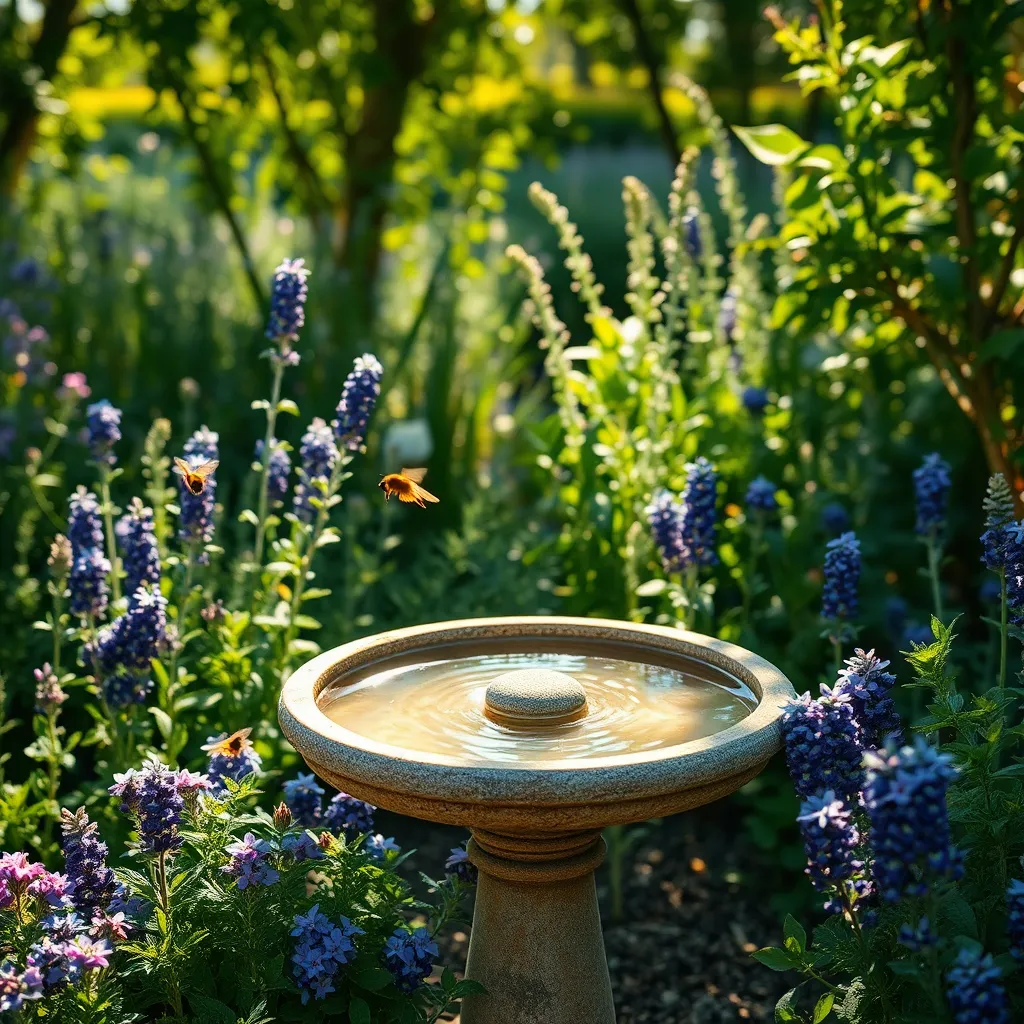
In addition to sun-drenched areas, providing fresh water sources is essential for attracting bees to your garden. Bees need water for hydration and to cool their hives, making it crucial to create a bee-friendly environment with accessible water.
Consider placing shallow dishes or birdbaths filled with water throughout your garden. To make these water sources bee-friendly, add pebbles or marbles so that bees have a safe place to land and drink without the risk of drowning.
It’s important to keep the water fresh by changing it every few days to prevent stagnation and mosquito breeding. If you have a larger garden, you might consider installing a small pond or water feature, which can also enhance the aesthetic appeal of your space while supporting local pollinators.
For advanced gardeners, a drip irrigation system can be a great way to provide consistent moisture to your garden, benefiting bees and plants alike. Ensure the system includes a few spots where water pools slightly, creating natural drinking stations for bees.
Avoid Harmful Pesticides and Chemicals
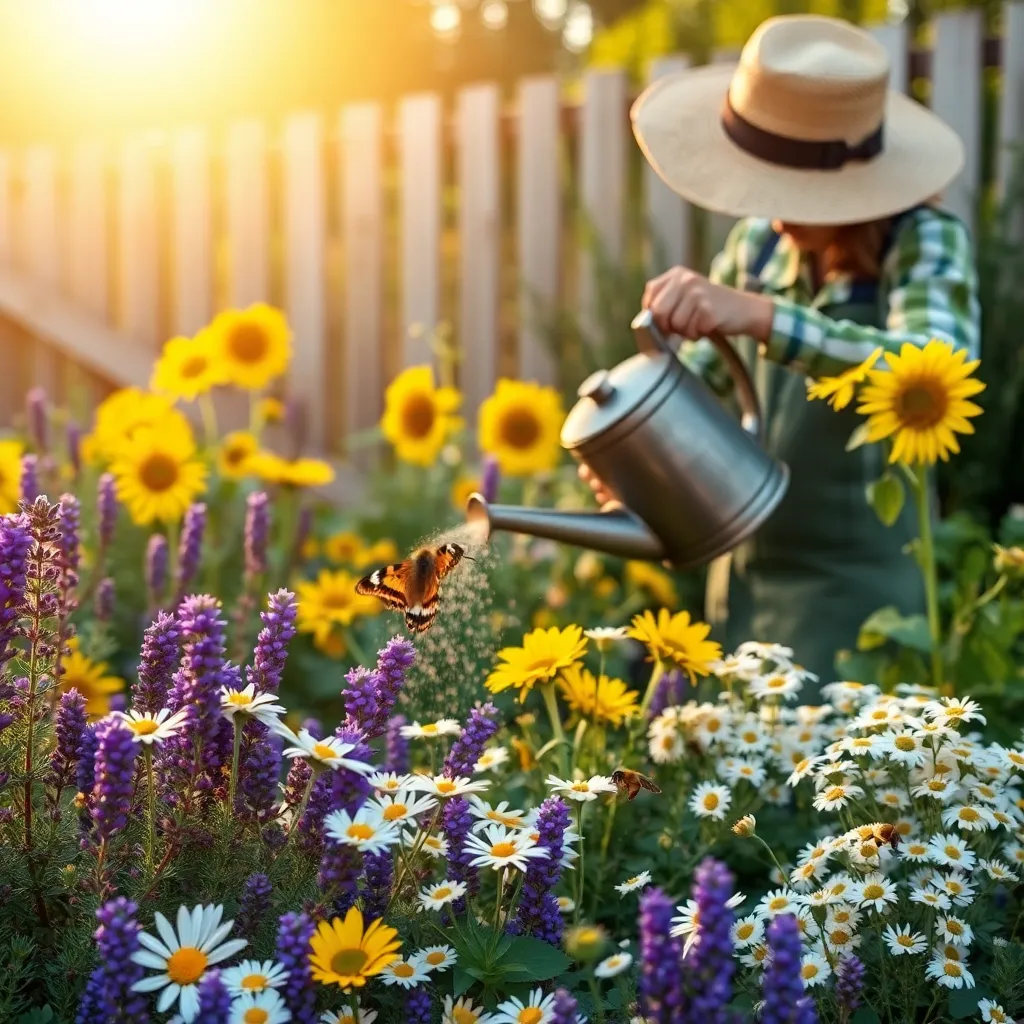
To create a bee-friendly garden, it’s crucial to avoid harmful pesticides and chemicals that can deter or harm these beneficial insects. Opt for natural pest control methods like introducing predator insects such as ladybugs, or using neem oil, which is safe for bees when applied correctly.
Another effective strategy is to plant a variety of companion plants that naturally repel pests. For example, planting marigolds can help deter nematodes and aphids, while also attracting bees with their vibrant blooms.
Implementing integrated pest management (IPM) techniques is a sustainable way to handle garden pests without resorting to chemical solutions. Regularly inspect your plants for signs of infestation and remove affected areas promptly to prevent the spread of pests.
For advanced gardeners, consider creating a diverse ecosystem by incorporating native plants that are well-suited to your local climate and soil conditions. These plants often require fewer inputs and naturally attract pollinators, including bees, while maintaining a balanced garden ecosystem.
Conclusion: Growing Success with These Plants
As we’ve explored, nurturing a garden that attracts bees is much like cultivating fulfilling relationships: both require intentionality and care. First, we learned the importance of choosing diverse plants, mirroring the value of diversity in our personal connections. Second, planting native species highlighted the need to nurture roots in relationships, fostering deep understanding. Third, we discovered that providing water sources is akin to maintaining open communication, ensuring relationships remain nourished. Fourth, creating shelter underscored the necessity of providing support and protection to loved ones. Lastly, avoiding pesticides reminded us to eliminate harmful habits that could damage our bonds.
To embark on this journey, consider planting a new bee-friendly flower this week, symbolizing your commitment to creating positive change. Remember, just as a flourishing garden needs regular tending, so do your relationships.
Take a moment now to save or bookmark this article—it’s a resource you’ll want to revisit as you continue to nurture your connections. By embracing these principles, you’re not just enhancing your garden but sowing seeds for enduring relationship success. Here’s to a future filled with thriving relationships and buzzing gardens!

